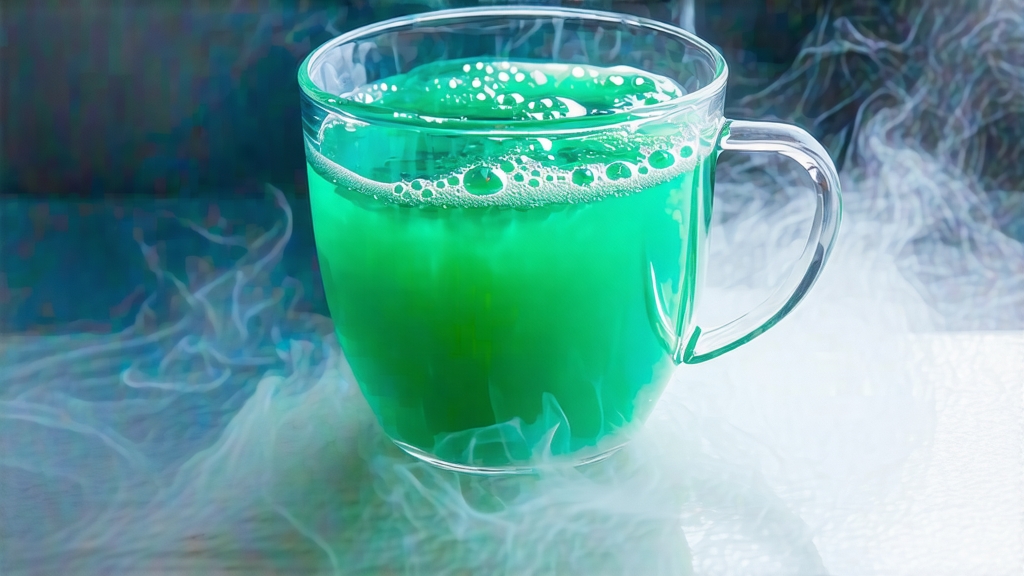
Biluochun, whose name translates literally to “Green Snail Spring,” is one of China’s ten most celebrated teas, yet it remains a quiet mystery outside the circles of serious tea lovers. Produced only in a narrow strip of hills hugging the northern shore of Taihu Lake in Jiangsu Province, this jade-green tea is prized for its tiny spiral-shaped leaves, downy silver tips, and an aroma so fragrant that the Qing-dynasty Emperor Kangxi is said to have changed its original name “Xia Sha Ren Xiang” (“Scary Fragrance”) to the more elegant Biluochun.
The history of Biluochun is inseparable from the lake that shapes its microclimate. Taihu, the third-largest freshwater lake in China, stores heat during the day and releases mist at dawn, bathing the terraced tea gardens in a cool, humid veil. Local records from the Tang dynasty (618-907) already mention tea picked on Dongting Mountain, but the craft of curling the leaf into a tight spiral did not appear until the late Ming dynasty, when monks at the ancient Biyun Temple began experimenting with pan-firing techniques borrowed from Longjing producers in neighboring Zhejiang. By the early Qing, Biluochun had become a tribute tea, couriered northward to the Forbidden City along the Grand Canal.
Strict regional standards today limit authentic Biluochun to just two peninsulas that jut into Taihu: Dongting Dongshan (East Mountain) and Dongting Xishan (West Mountain). Within these two areas, only six villages—Moli, Bili, Luxiang, Dongcun, Wupeng, and Qingtong—are recognized as core zones. The cultivar itself is a diminutive, slow-budding clone of Camellia sinensis var. sinensis locally called “Xiao Ye” or “small leaf.” Its diminutive size is critical: the standard grade of Biluochun demands one bud with an unfolded leaf no longer than 2.5 cm, picked before the Qingming festival when the spring sun is still gentle and the leaf’s amino-acid content peaks.
Plucking begins at first light, when the overnight dew is still intact. Experienced pickers use a twisting motion that snaps the stem without bruising the leaf, dropping the harvest into shallow bamboo baskets lined with nettle cloth to prevent compression. Within four hours the leaves must reach the village workrooms, where they are spread no thicker than two centimeters on woven rattan trays to wither for ninety minutes. The goal is not dehydration but the evaporation of “grassy” volatiles and the partial breakdown of leaf proteins into free amino acids, especially L-theanine, which later translates into sweetness and umami.
The most iconic step is the hand-firing performed on a cast-iron wok heated to 180 °C. A master—often a woman in her fifties whose palms are calloused into heat-resistant pads—tosses 250 g of leaves in a rhythm that resembles kneading dough. For eight minutes she alternates between “trembling” (high, loose tosses to drive off moisture) and “spiraling” (pressing the leaves against the wok in a clockwise motion that curls them). The temperature is then dropped to 120 °C for another twelve minutes, during which the leaf loses 70 % of its weight and the downy tips become visible silver spirals. A final “low fire” at 80 °C for six minutes sets the shape and aroma. When done correctly, the finished tea contains roughly 5 % moisture and can be stored for eighteen months without loss of fragrance.
Unlike many Chinese greens that favor hard water, Biluochun prefers softness. The ideal brewing water should have a TDS below 50 ppm and a neutral pH. Connoisseurs in Suzhou still trek to the “Three Wells of Jinshan” for spring water that trickles through Taihu sandstone, naturally filtered and faintly sweet. The classical kangfu infusion calls for a 200 ml tall glass, 3 g of leaf, and water cooled to 75 °C. The leaves are poured onto the water, not the reverse, so that the spirals sink slowly, releasing a pale champagne liquor in about ninety seconds. A second infusion at 80 °C for forty-five seconds amplifies the orchid note, while a third at 85 °C for one minute uncovers a faint white-peach finish. Beyond three steeps the aroma fades, but the spent leaves can be blanched and tossed with sesame oil as